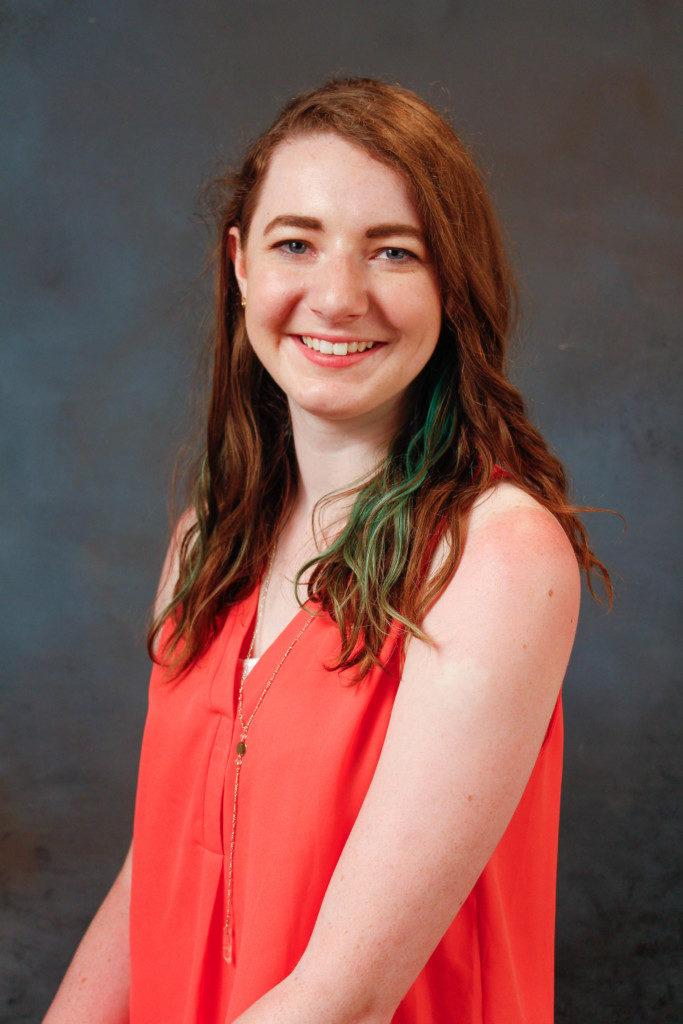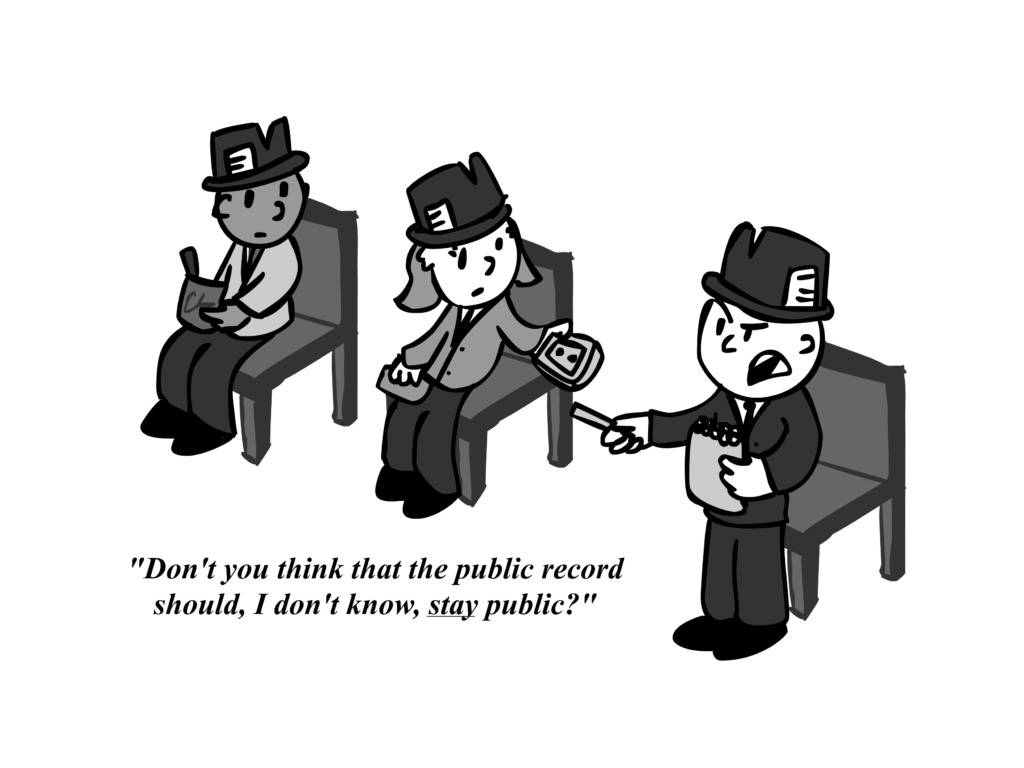Column by Rachel Wood, Contributing Writer
A few weeks ago, things got a bit heated in the young adult literature publishing realm.
As most people know, it’s a huge deal to get your book on “The New York Times Best Sellers” list, especially if you are a new author. It’s basically free advertising; it tends to make bookstores push displays of the book because owners know it is selling well.
Unfortunately, some authors and their publishers have learned how to play the system.
Lani Sarem, an unknown author, had her book skyrocket to number one on the young adult list after only one week of sales, despite barely having any press coverage. Most readers and fellow authors were extremely confused – how does a book with little to no public relations presence make it to number one in a matter of days?
Part of the problem originates in how the system works. The New York Times list ranks its occupants based on weekly sales; bookstores report the number of sales, alongside some secret metrics only The New York Times knows.
Each week, a book’s sales number resets to zero, making the ranking more of an even playing field for new releases – at least, it’s supposed to.
This plays into another central issue; presales are currently listed as day-one sales. So, the number of books that have collectively been preordered in the weeks and months leading up to release day are counted in the first week of sales, giving authors plenty of time to collect a huge number of sales before the book comes out. This is the reason why so many celebrities and YouTubers manage to get their books on this list, even if their writing is subpar.
And this is exactly why we need a new way of ranking these books.
Quality is essentially thrown out the window when it comes to this list. Sure, there are numerous well-written books that hold a steady place on the list because of their amazing content, but they are also competing every week with the new release, bulk preorder books like Sarem’s.
Unfortunately, this is why both thought-provoking works by Margaret Atwood and the questionable stories of Stephanie Meyer can boast “The New York Times Best Sellers” title side by side.
Sarem herself, however, has argued that the list fundamentally works against first-time authors because the list relies on overall sales. The book she temporarily displaced as the number one young adult “Best Sellers” (before the list was revised) was “The Hate U Give” by Angie Thomas, a book written by a first-time author.
Regardless, there needs to be a way to balance sales counts and quality. The measure of popularity in modern media has simply become a numbers game, so maybe a new book-ranking system would mean an overhaul of our measures of popularity.
I’m a fan of rooting for debut authors and letting people enjoy what they want to enjoy, so why is it such a big deal for a poorly-written book to be on the best selling list?
It means that marginalized voices are pushed out and recycled, while potentially problematic ideas are left in the mainstream. Think about some of the ‘breakout’ books in the past decade, such as “Twilight” and “Fifty Shades of Grey.” These books, in retrospect, helped to normalize some pretty dangerous ideas. Just from initial reviews and samples, it appears Sarem’s “Handbook for Mortals” will also fall into this category.
While we wait for a better way to rank books, maybe we should stop praising authors simply for being listed as “Best Sellers.” Paying more attention to new voices that have unique stories to share should always outweigh the attention we give to the uninspired. Stop searching for books that bear a “The New York Times Best Sellers” sticker and start asking librarians and independent bookstore employees for suggestions; their lives revolve around making sure good books make it onto our shelves.
And remember, “good” and “popular” aren’t necessarily synonymous.
































































































